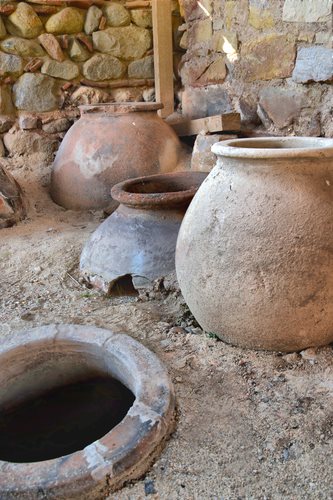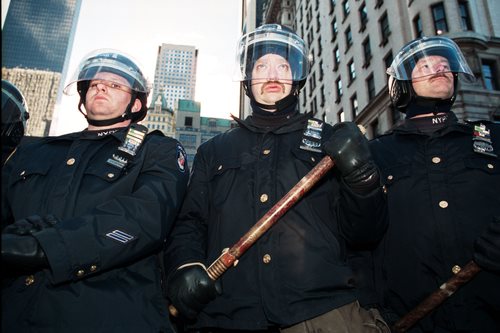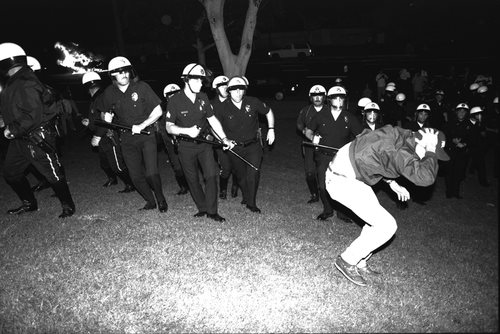Facts on Archaeological Removals and Looting

Archaeological looting continues to be a problem around the world. Criminals have found that items found at archaeological sights can fetch large amounts of money from collectors around the world. Items found at sites are often unique, and therefore, extremely valuable. Items can also be made out of precious metal or include gemstones, which significantly adds to the value of the piece.
Due to the nature of the crime, the general public is robbed from learning about historical moments from the past. Items removed from archaeological sites tell a story about a specific moment in time. Those stories are vital for people that wish to better understand their culture. Archaeological items are supposed to be under ownership of the public so that they can be viewed at museums and at archaeological sites. When individuals steal for archaeological sites, they are said to be stealing valuable history from citizens.
Items from archaeological sites are vital for each culture to help preserve,and learn from their past. The reality, however, is that those items are extremely valuable and entire criminal networks are built around stealing them. Archaeological removals happen with great frequency in sites around the world.
Individuals caught stealing the artifacts can face prosecution, but it can sometimes be difficult to catch those responsible. In some countries, officials are complacent with the crime and often allow individuals to escape prosecution in return for a payoff. Many archaeological sites are also buried deep in forests and other areas that can be difficult to reach.
While many believe that archaeological sites that are difficult to reach would prevent criminals from stealing, they would be wrong. The archaeological sites that require complicated travel are often the ones that are targeted by thieves intent on stealing artifacts. Sites found deep in the forest are the ones that are most difficult to protect. In fact, some sites may not even have been explored by professionals before they are looted of many valuable artifacts.
In many countries, stealing from archaeological sites is considered gainful employment by individuals that would otherwise have no income. Many times, sites are located close to poor regions. Criminal networks will recruit individuals to help in stealing artifacts from sites buried in the forests. Generally, locals are chosen because they are familiar with the area and likely with the archaeological site as well. Stealing from sites often goes undetected until long after the crime has taken place.























